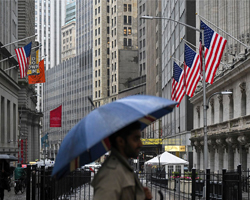Dow Drops as Trump Revives Trade War Threats and US Jobs Data Disappoints | Daily Market Analysis

Key events:
- Eurozone - ECB President Lagarde Speaks
The Dow Jones Industrial Average faced another rough session on Friday as weaker-than-expected nonfarm payrolls and a sharp drop in the University of Michigan’s Consumer Sentiment Index weighed on market confidence. Investors also reacted to US President Donald Trump’s renewed trade war rhetoric, as he hinted at imposing reciprocal tariffs on countries that maintain duties on American goods. By the time markets closed, the Dow had dropped 0.99%, the S&P 500 fell 0.95%, and the NASDAQ Composite slipped 1.36%.
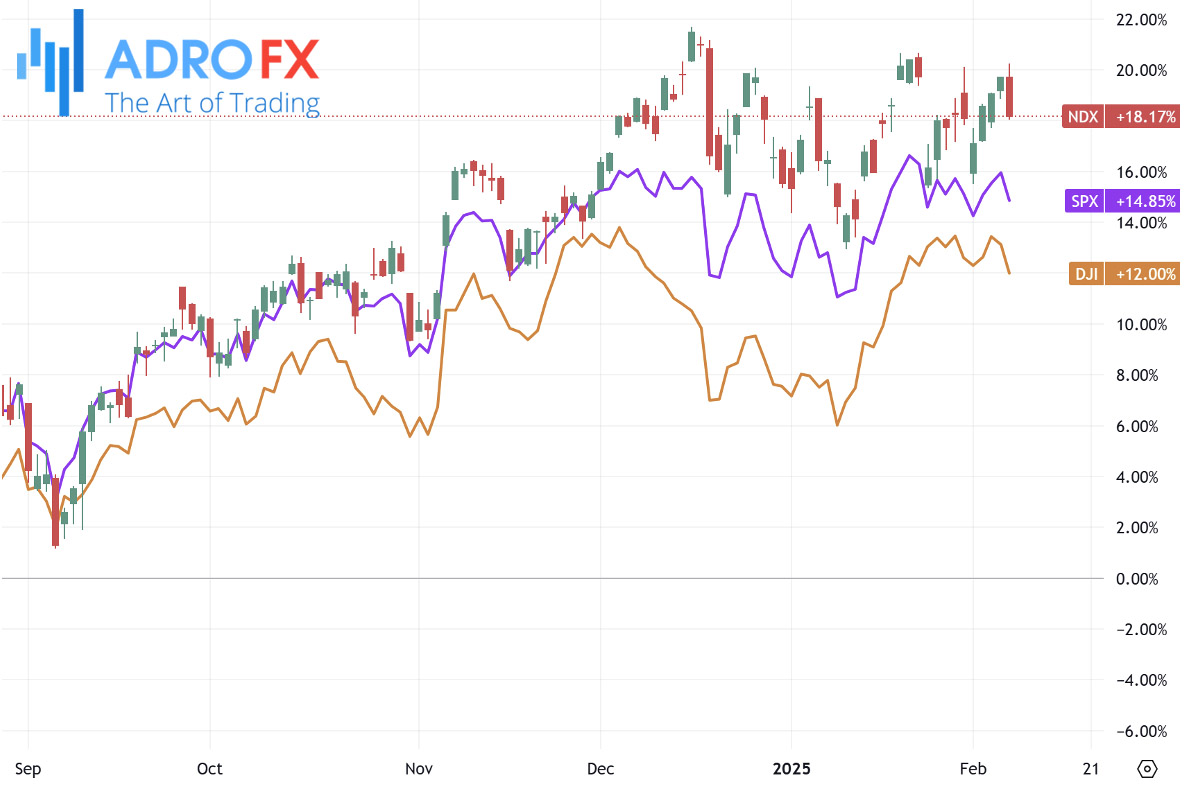
January’s NFP data showed the US economy added 143,000 jobs, falling short of the 170,000 forecast. However, December’s numbers were revised significantly higher to 307,000, providing a silver lining. The unemployment rate also ticked lower, dropping to 4.0% from 4.1%. Despite the mixed labor data, investors were focused on potential policy shifts from the Federal Reserve. Many analysts believe the latest employment figures reinforce expectations that the Fed will keep interest rates steady throughout the year.
The US dollar strengthened against the Swiss franc in early European trading, with USD/CHF hovering around 0.9110. Market participants anticipate the Federal Reserve will maintain its current monetary stance, offering continued support for the greenback. Meanwhile, the Swiss franc could appreciate further, as the Swiss National Bank is unlikely to return to negative interest rates. Analysts at Commerzbank suggest the SNB may end its rate-cutting cycle at 0.0%, up from the current 0.5%. Additionally, global economic uncertainty and ongoing geopolitical tensions in the Middle East have heightened safe-haven demand, further boosting the Swiss currency.
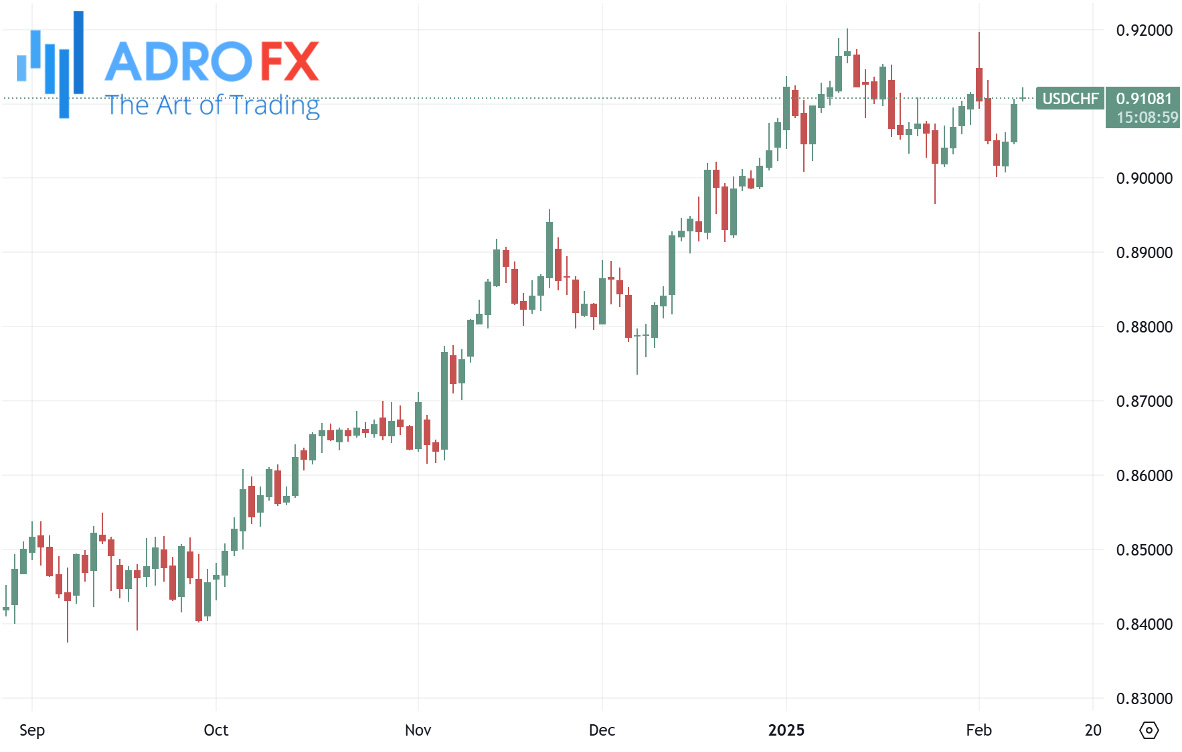
The Australian dollar remained under pressure for the third consecutive day, with AUD/USD facing further declines amid heightened trade war concerns. Trump, speaking aboard Air Force One, announced plans to impose a 25% tariff on all steel and aluminum imports but did not specify which countries would be affected. He also indicated that additional reciprocal tariffs would be unveiled by midweek and take effect almost immediately, mirroring the rates imposed by trading partners. Australian Trade Minister Don Farrell responded, stressing that Australian steel and aluminum are critical to American jobs and national defense. He is pushing for a tariff exemption similar to the one secured during Trump’s presidency in 2018.
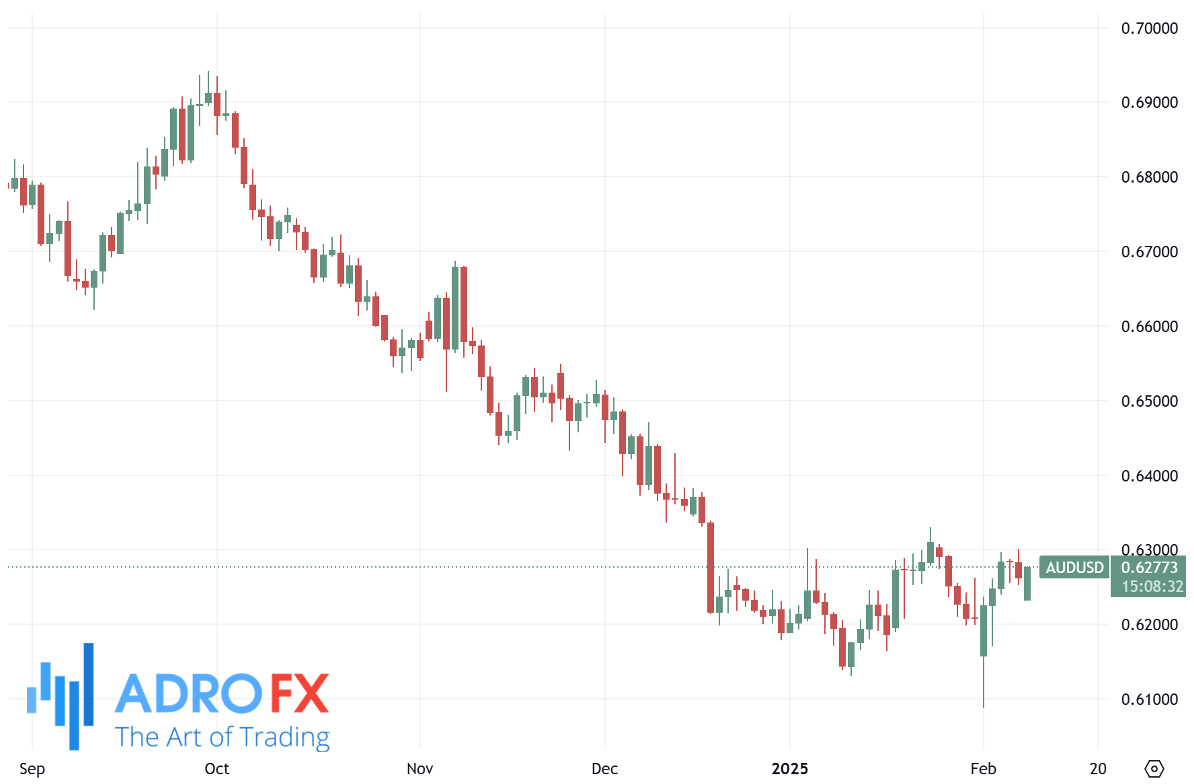
Australia’s economic ties to China further complicated the situation, as a new round of US tariffs on Chinese imports took effect last week, with China retaliating against certain American exports starting Monday. The growing uncertainty over global trade policy has weighed heavily on the Australian dollar, amplifying concerns about economic growth. Traders are now overwhelmingly confident that the Reserve Bank of Australia will cut its 4.35% cash rate at its upcoming meeting in February, with market expectations indicating a 95% chance of a reduction to 4.10%. Softer-than-expected inflation data has led major Australian banks to revise their forecasts, bringing forward the anticipated rate cut from May to February.
The Japanese yen struggled against the US dollar in Asian trading on Monday, with USD/JPY holding firm around the 152.00 mark. Traders are wary that Japan could become a target of US trade tariffs, further pressuring the yen. However, expectations that the Bank of Japan will raise interest rates later this year have helped limit losses. Japanese government bond yields have been rising, reducing the rate differential between Japan and the US, which has provided some support for the yen. Investors are watching closely for any policy shifts from the BoJ, as another rate hike could strengthen the Japanese currency.
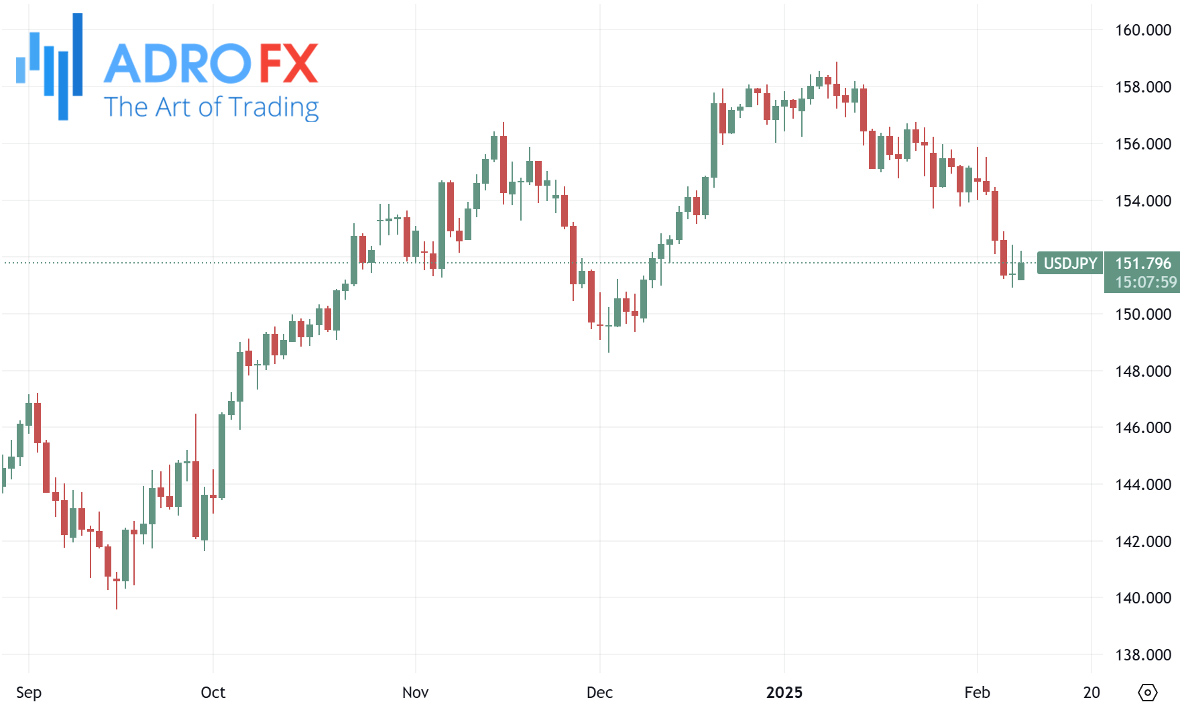
The euro slipped lower, with EUR/USD trading around 1.0310 as the greenback gained ground. Investors are awaiting the Eurozone Sentix Investor Confidence report and comments from European Central Bank President Christine Lagarde later in the day. Speculation is rising that the ECB could deliver multiple rate cuts this year due to weak economic growth. ECB Governing Council member Boris Vujcic suggested that while markets expect three cuts, it will take until the second quarter to determine whether those expectations will be met. The euro’s outlook remains clouded by uncertainty, with traders positioning cautiously ahead of any signals from ECB policymakers.
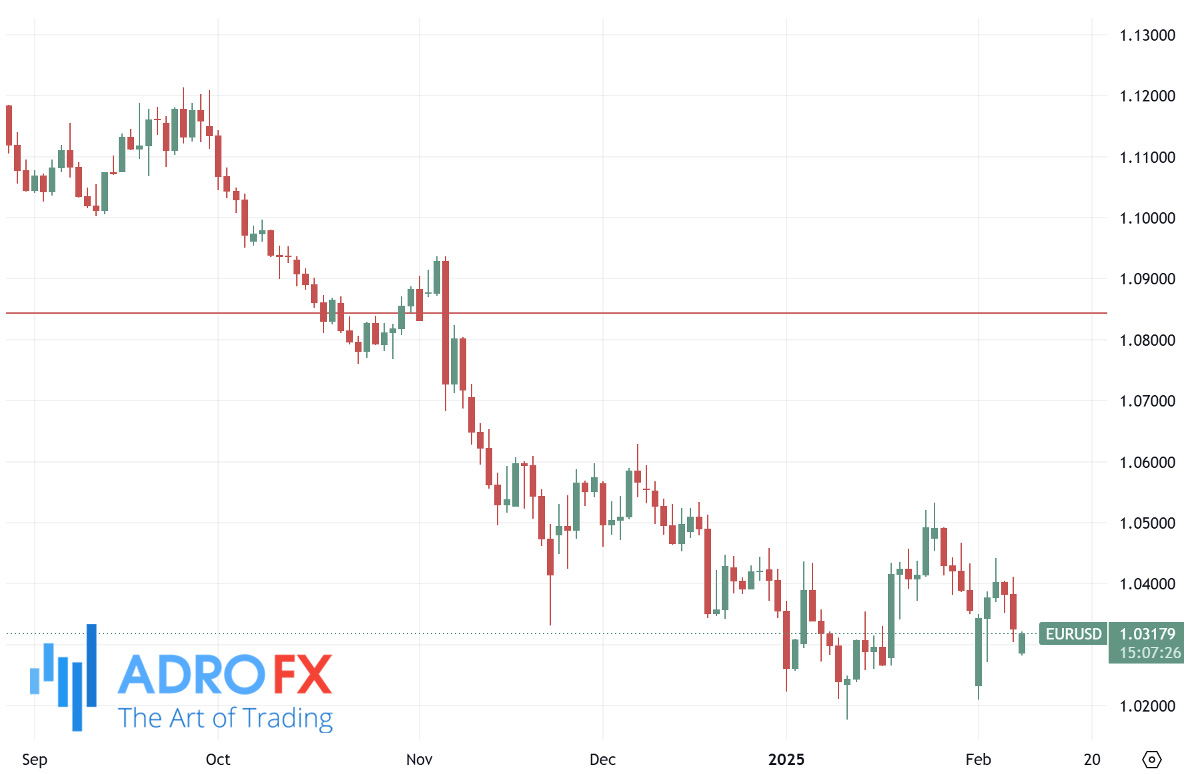
Trump’s repeated threats to impose tariffs on European exports have also added to market concerns. While details remain unclear, JPMorgan economist Nora Szentivanyi noted that the exact motivation, objectives, and timing of the tariffs have yet to be determined. The European Commission has made it clear that it will retaliate firmly if any new US tariffs are introduced, setting the stage for potential tensions in transatlantic trade.
Market participants are closely monitoring developments surrounding US trade policy, central bank decisions, and economic indicators to gauge the next moves in the financial markets. The uncertainty surrounding trade disputes, monetary policy shifts, and geopolitical tensions continues to drive market sentiment, with investors bracing for further volatility in the weeks ahead.
